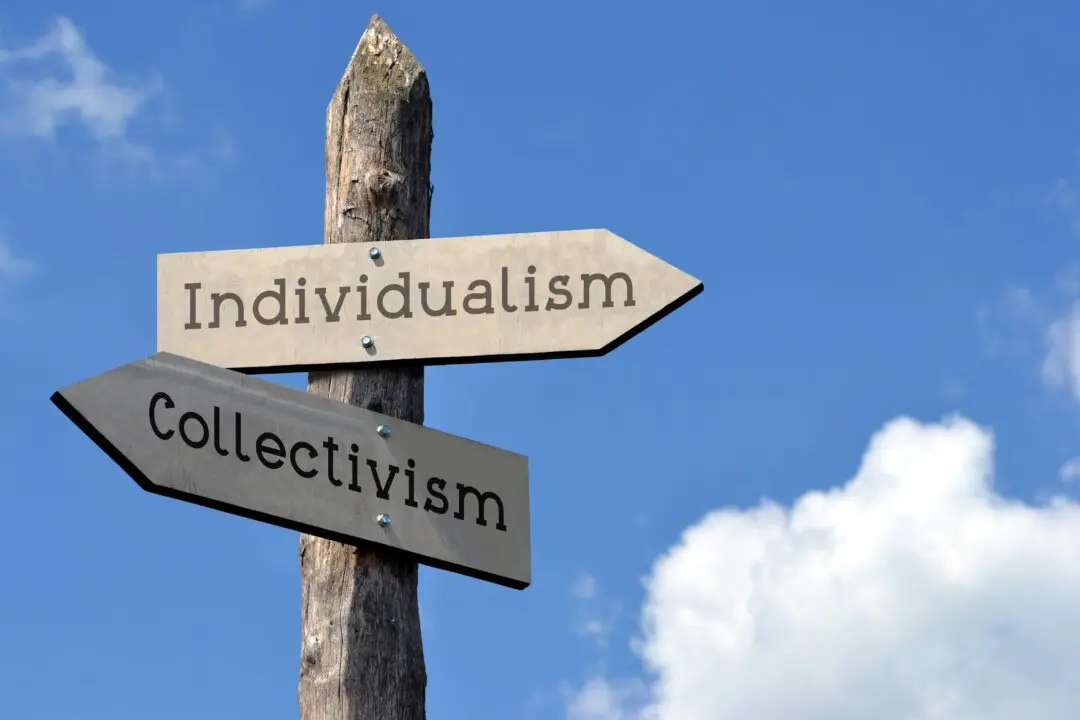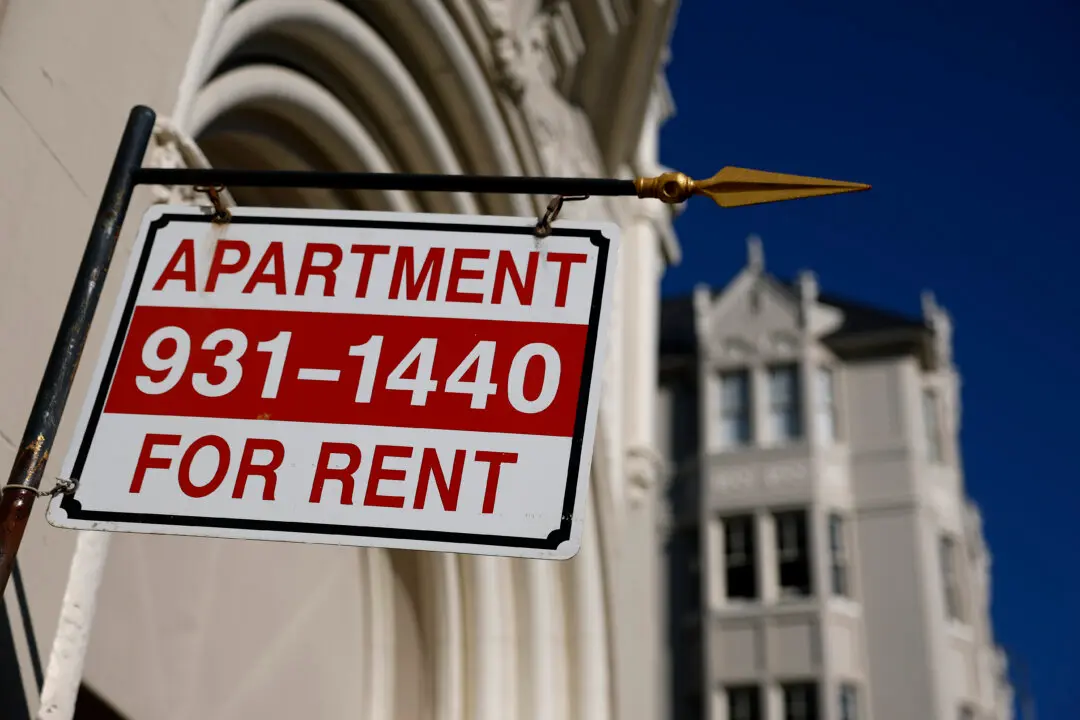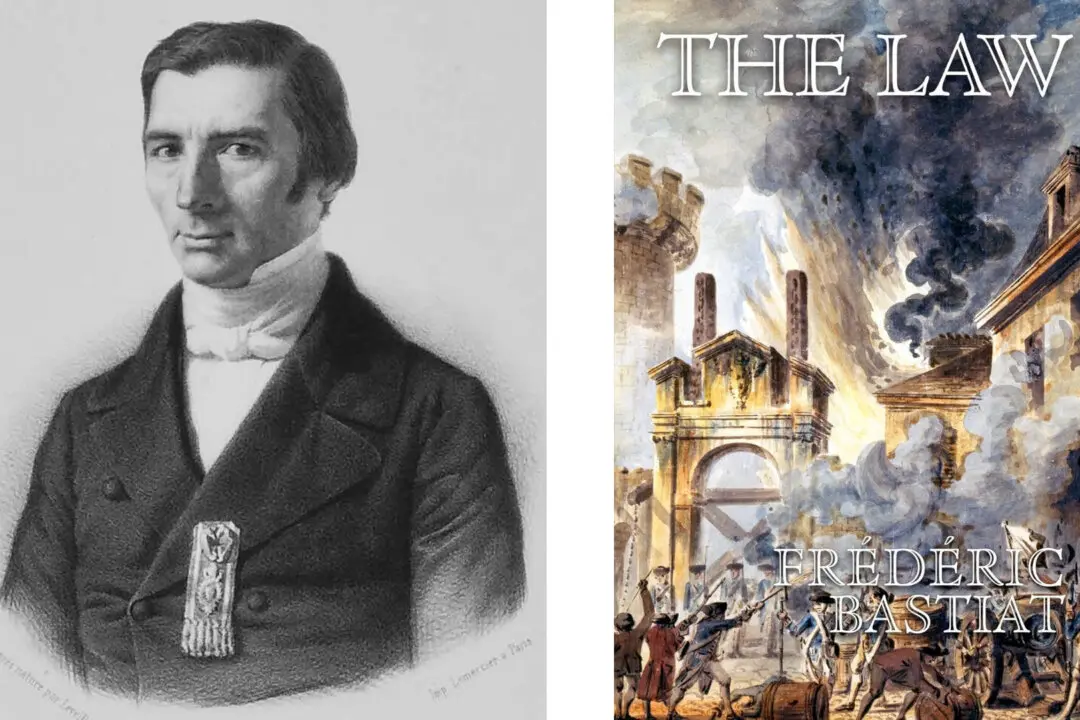Commentary
The Federal Reserve last year lost $114 billion on its portfolio, something that has never happened in the history of this institution. People hear this and are completely confused by what it could mean. After all, if we know anything about the Fed, it’s that it has the power to print money out of thin air.





